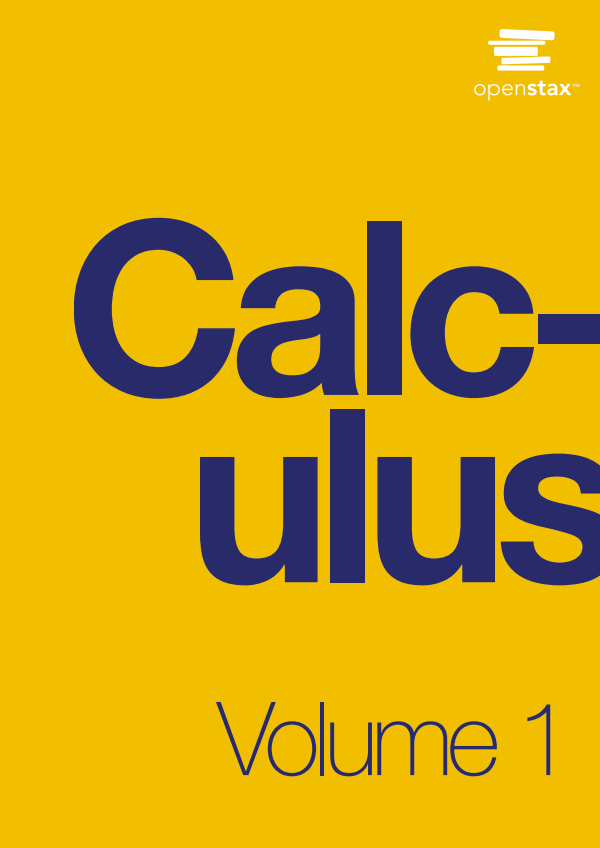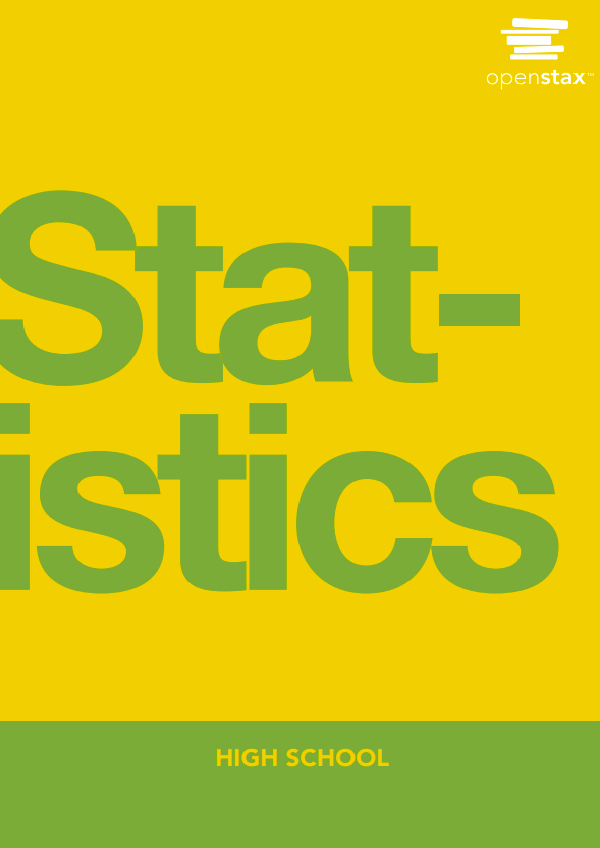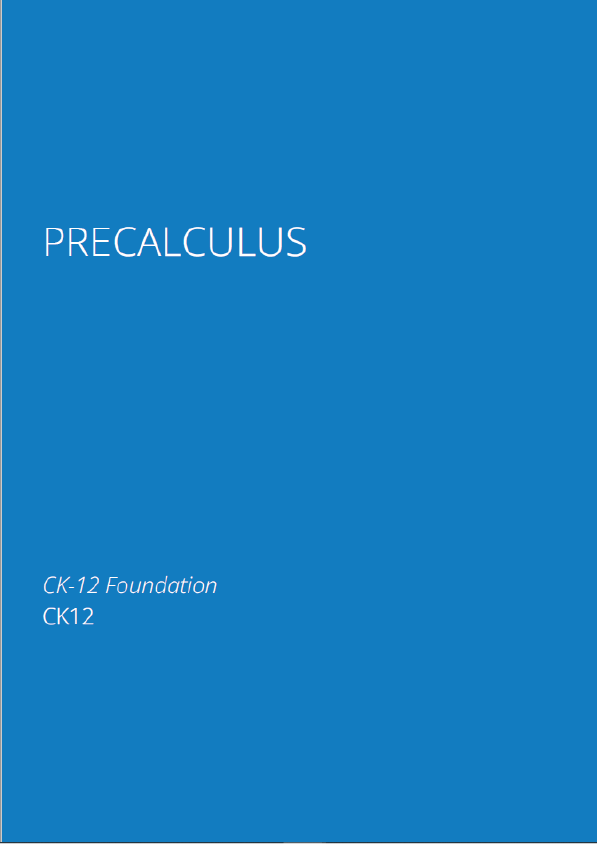Preliminaries of finance and risk management
A risky asset is an asset with an uncertain future price, e.g. the stock of a company in an exchange market. Unlike a risky asset, a bank account with a fixed interest rate has an absolutely predictable value and is called a risk-free asset. Risky assets are classified in many different categories. Among them, financial securities, which constitute the largest body of risky assets, are traded in the exchange markets and are divided into three subcategories: equity, debt, and derivatives.
An equity is a claim of ownership of a company. If it is issued by a corporation, it is called common stock, stock, or share. Debt, sometimes referred to as a fixed-income instrument, promises a fixed cash flow until a time called maturity and is issued by an entity as a means of borrowing through its sale. The cash flow from fixed-income security is the return of the borrowed cash plus interest and is subject to default of the issuer, i.e., if the issuer is not able to pay the cash flow at any of the promised dates. A derivative is an asset whose price depends on a certain event. For example, a derivative can promise a payment (payoff) dependent on the price of a stock, the price of a fixed-income instrument, the default of a company, or a climate event.
An important class of assets that are not financial securities are described as commodities. Broadly speaking, a commodity is an asset which is not a financial security but is still traded in a market, for example crops, energy, metals, and the like. Commodities are in particular important because our daily life depends on them. Some of them are storable such as crops, which some others, such as electricity, are not. Some of them are subject to seasonality, such as crops or oil. The other have a constant demand throughout the year, for instance aluminum or copper. These various features of commodities introduce challenges in modeling commodity markets. There are other assets that are not usually included in any of the above classes, for instance real estate.
If the asset is easily traded in an exchange market, it is called liquid. Equities are the most liquid of assets; fixed-income instruments and derivatives are less liquid. Commodities have become very liquid, partly due to the introduction of emerging economies in the global marketplace. Real estate is one of the most illiquid of assets.
Basic financial derivatives
Financial risk is defined as the risk of loss of investment in financial markets. Two of the main categories of financial risk are market risk, causes by the changes in the price of market equities, and credit risk, caused by the default of a party in meeting its obligations. Financial derivatives are designed to cover the loss caused by the market risk and the credit risk. There are other important forms of financial risk such as operational risk and systemic risk. However, these are irrelevant to the study of financial derivatives. Therefore, in this section, we cover the basics of some simple financial derivatives on the market risk, bonds and some credit derivatives. In practice, bonds are not considered as derivative. However, theoretically, a bond is a derivative on the interest rate.
Futures and forward contracts
Forward and futures contracts are the same in principle, but they differ in operational aspects. In both contracts, the two parties are obliged to exchange a specific asset at a specific date in the future at a fair price that they have agreed upon. The asset subject to exchange is called the underlying asset; the date of exchange is called the maturity date; and the price is called the forward/futures price. In other words, futures and forward contracts lock the price at the moment of a deal in the future.











